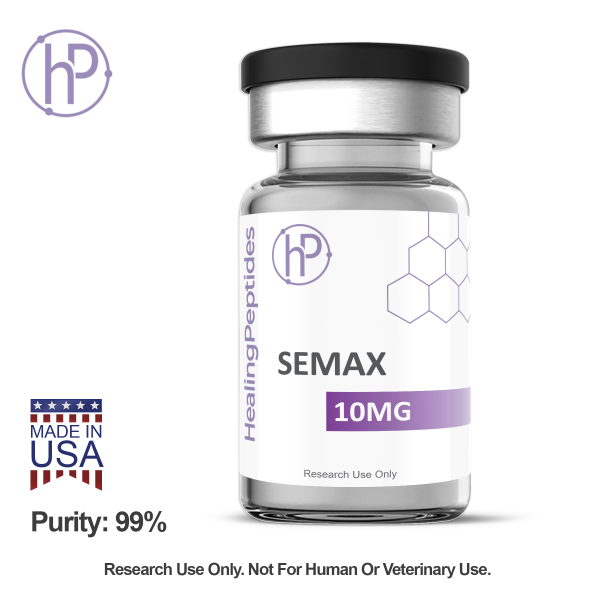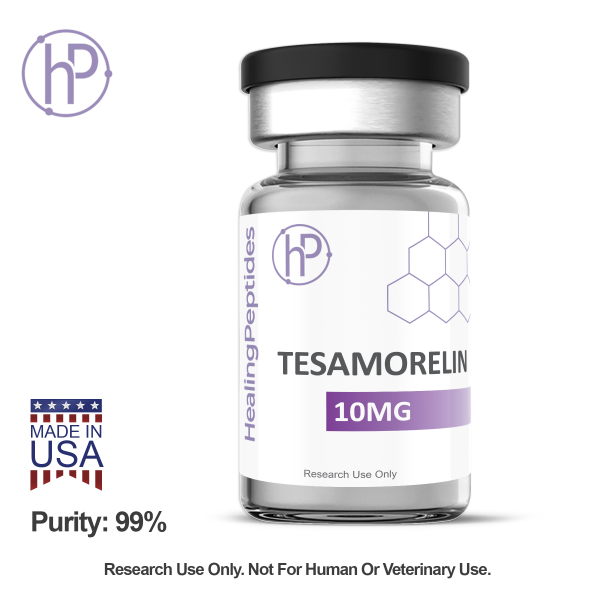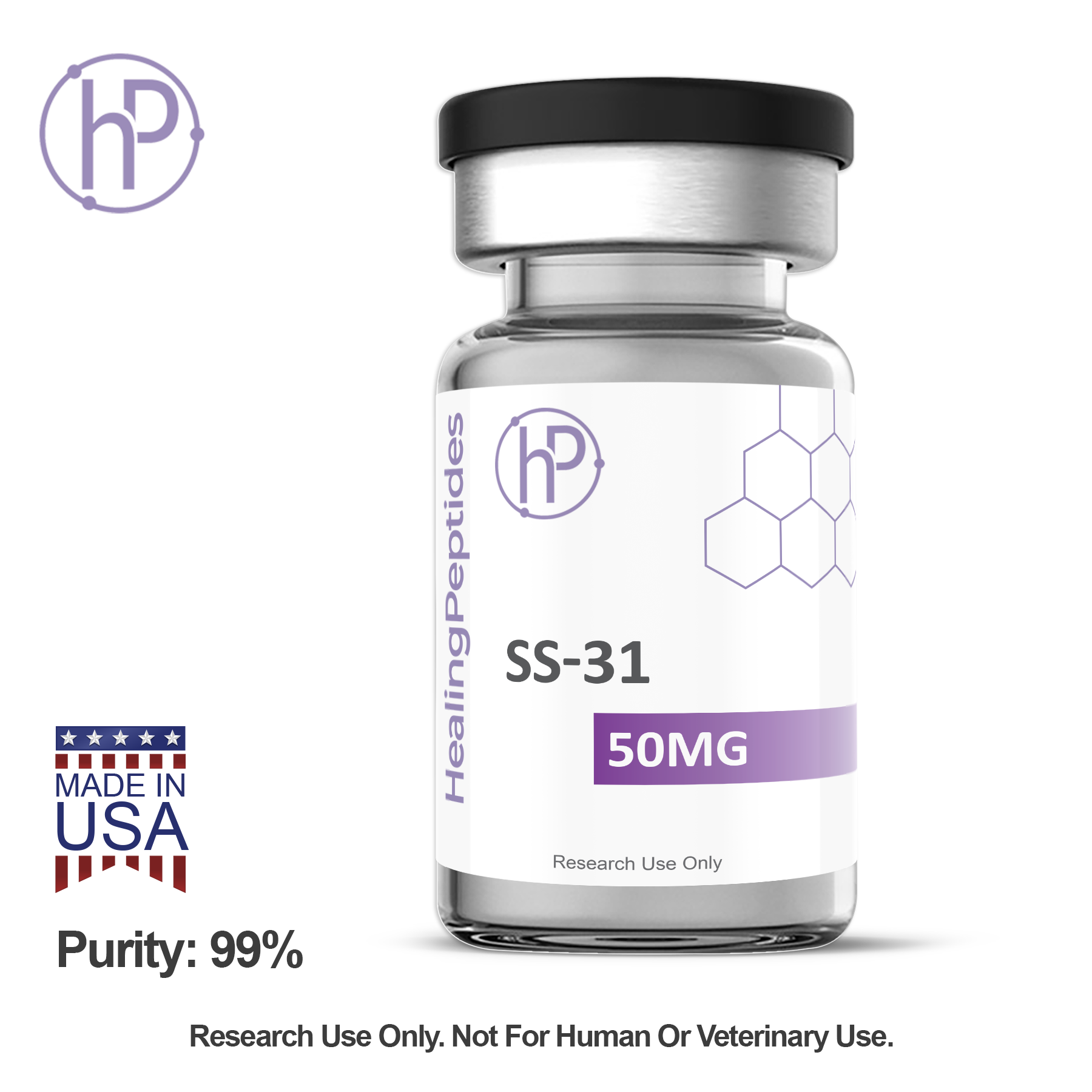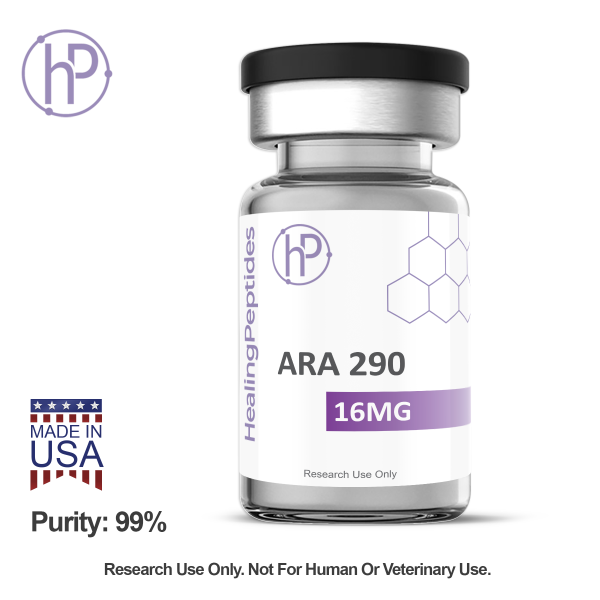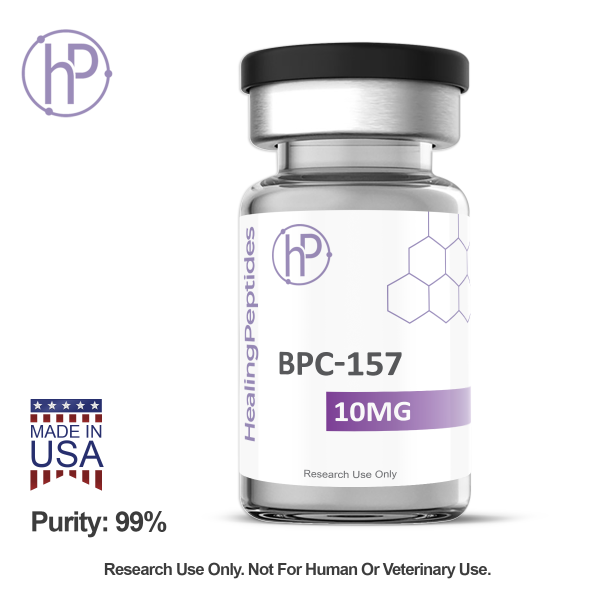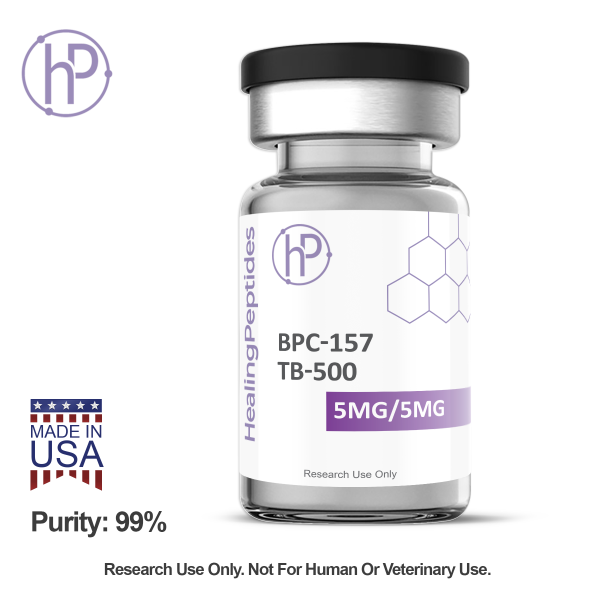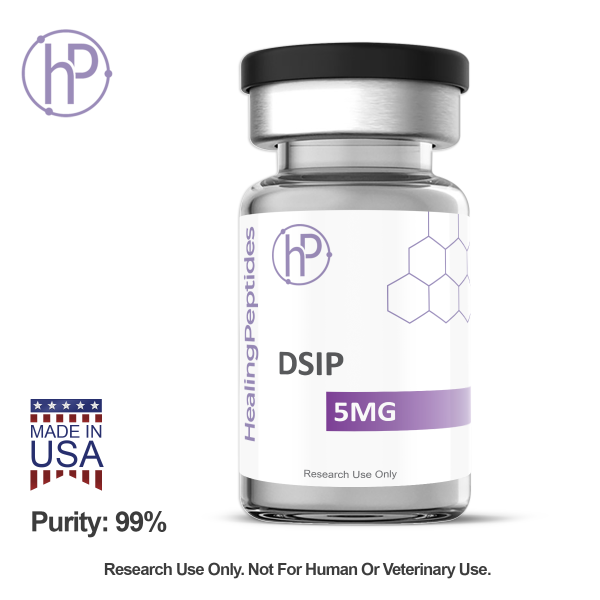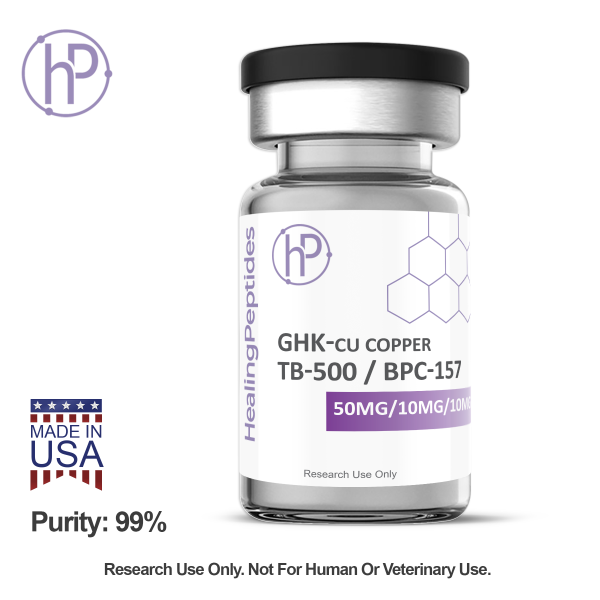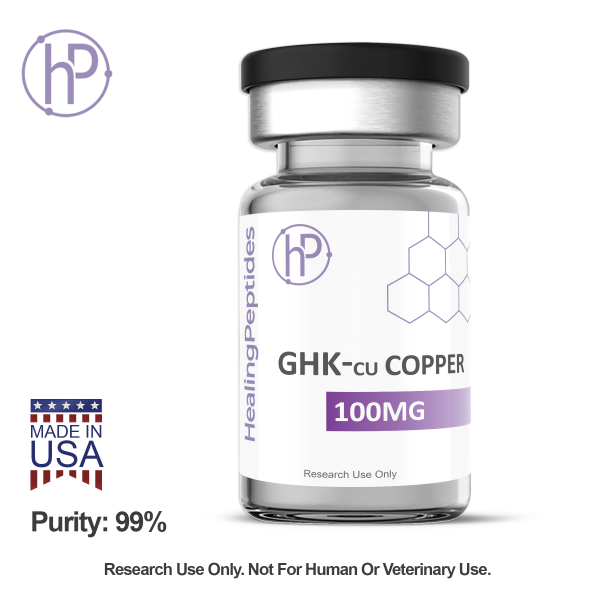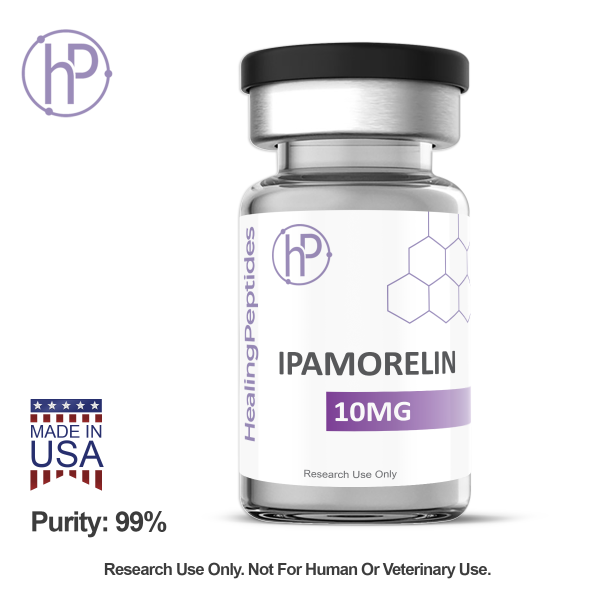$206.99
SS-31 (Elamipretide)
What is SS-31 (Elamipretide)?
SS-31 (Elamipretide) Structure
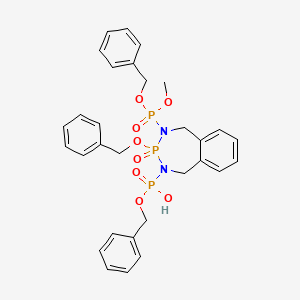
Research Applications:
Research Links:
-
Szeto, H. H., et al. (2011). “Mitochondria-targeted peptide accelerates ATP recovery and reduces ischemic kidney injury.” Journal of the American Society of Nephrology, 22(6), 1041-1052. https://pubmed.ncbi.nlm.nih.gov/21546574/
-
Investigates SS-31’s role in mitochondrial protection, relevant to muscle recovery.
-
-
Zhao, K., et al. (2004). “Cell-permeable peptide antioxidants targeted to inner mitochondrial membrane inhibit mitochondrial swelling, oxidative cell death, and reperfusion injury.” Journal of Biological Chemistry, 279(33), 34682-34690. https://pubmed.ncbi.nlm.nih.gov/15178689/
-
Examines SS-31’s antioxidant effects, supporting muscle and metabolic health.
-
-
Siegel, M. P., et al. (2013). “Mitochondrial-targeted peptide rapidly improves mitochondrial energetics and skeletal muscle performance in aged mice.” Aging Cell, 12(5), 763-771. https://pubmed.ncbi.nlm.nih.gov/23692570/
-
Studies SS-31’s effects on muscle performance and recovery in aging models.
-
-
Escribano-López, I., et al. (2018). “The mitochondrial antioxidant SS-31 increases SIRT1 levels and ameliorates inflammation, oxidative stress and leukocyte-endothelium interactions in type 2 diabetes.” Scientific Reports, 8(1), 15862. https://pubmed.ncbi.nlm.nih.gov/30367167/
-
Explores SS-31’s role in metabolic health and inflammation, relevant to weight loss.
-
-
Campbell, M. D., et al. (2019). “SS-31 (Elamipretide) improves mitochondrial function and reduces oxidative stress in skeletal muscle of aged mice.” Free Radical Biology and Medicine, 134, 451-459. https://pubmed.ncbi.nlm.nih.gov/30615943/
-
Investigates SS-31’s effects on mitochondrial function and muscle recovery.
-
| CAS |
736992-21-5 |
|---|---|
| PubChem CID |
11764719 |
| Molecular Weight |
639.8 g/mol |
| Amino Acid Sequence |
D-Arg-Dmt-Lys-Phe-NH2 |
| PubChem Link | |
| Product Note |
For laboratory use only. Not for human or veterinary use. Proper handling and storage (-20°C) are required to maintain stability. Ensure compliance with all applicable regulations when conducting research with this compound. Peptides will arrive in a lyophilized (powder) form for maximum stability. |

